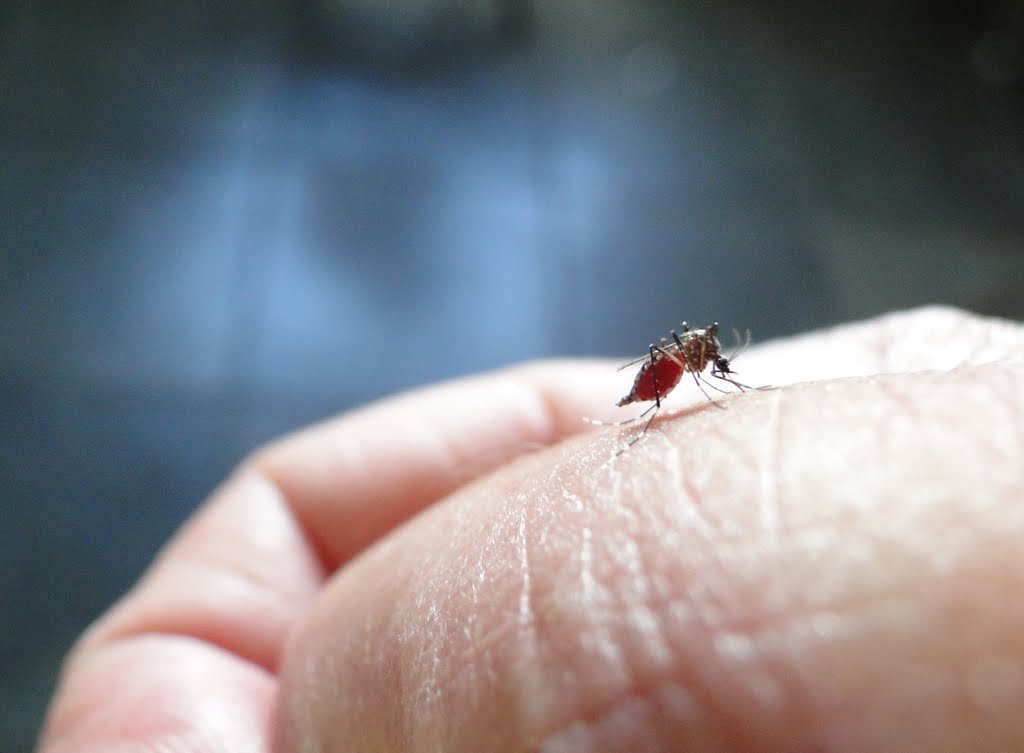Vector borne diseases have become a problem that will not go away. Chikungunya virus has now been added to the list with 8 cases detected in El Salvador and preventive measures already underway in Mexico with the first confirmed case.
Like dengue, chikungunya is transmitted by the Aedes aegypti and Aedes albopictus vectors. Its incredible reach throughout the world demonstrates how vulnerable humans are to infectious diseases transmitted by insects.
Climate change takes on an important role in cases of vector borne diseases, as mosquitoes are able to acquire resistance to cold conditions meaning that they are now breeding in new areas. These new habitats become breeding grounds for new and resurgent diseases like chikungunya.
Vector Borne Diseases Numbers
According to data from the World Health Organization (WHO), 40% of the global population is at risk of contracting dengue and 17% of all infectious diseases are transmitted by vectors. Only in Mexico, more than 50 million people live in vector borne diseases risk areas. For WHO, these are signs of the importance of implementing control programs as essential components of public health.
Worldwide, 91 countries still suffer from endemic malaria; however, from 2000 to 2012, malaria mortality rates in children fell by 54%. During the last decade, global financial aid to fight malaria increased 20 times over.
Vector borne diseases have become a cyclical problem. With the continued rise in viruses, many lives remain at risk.
Learn more about how architectural supplies can improve your lifestyle.



